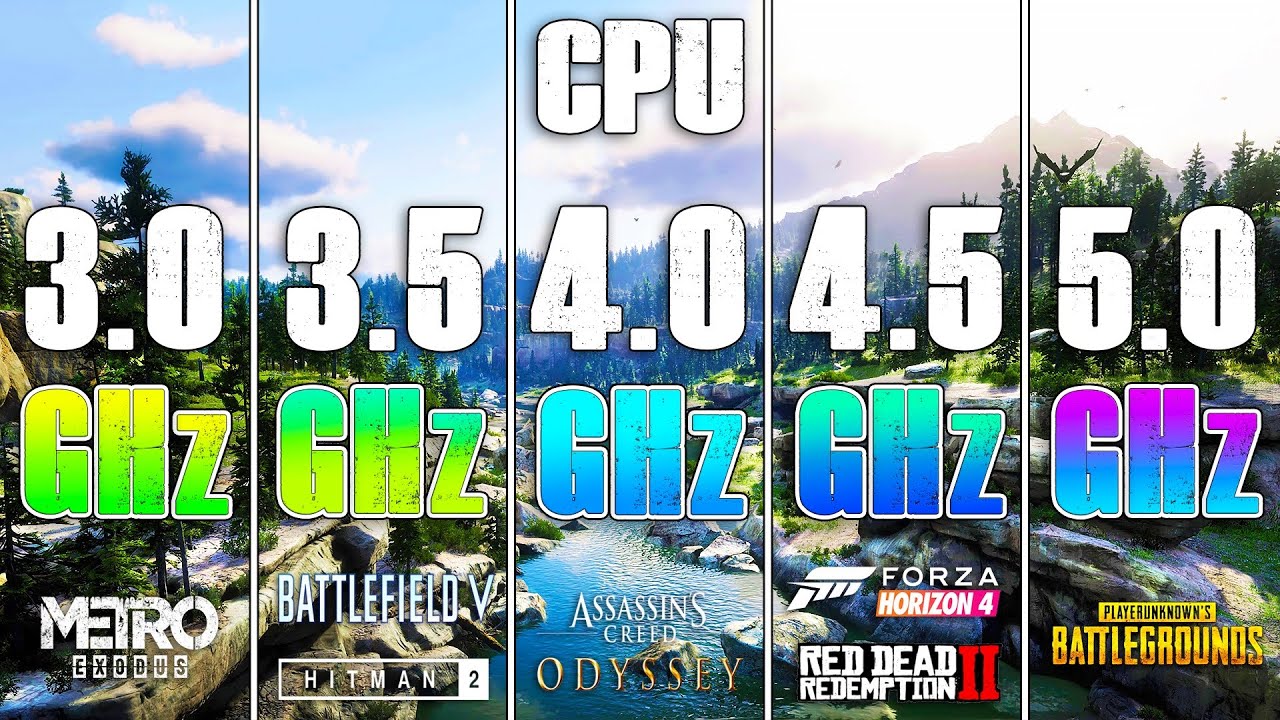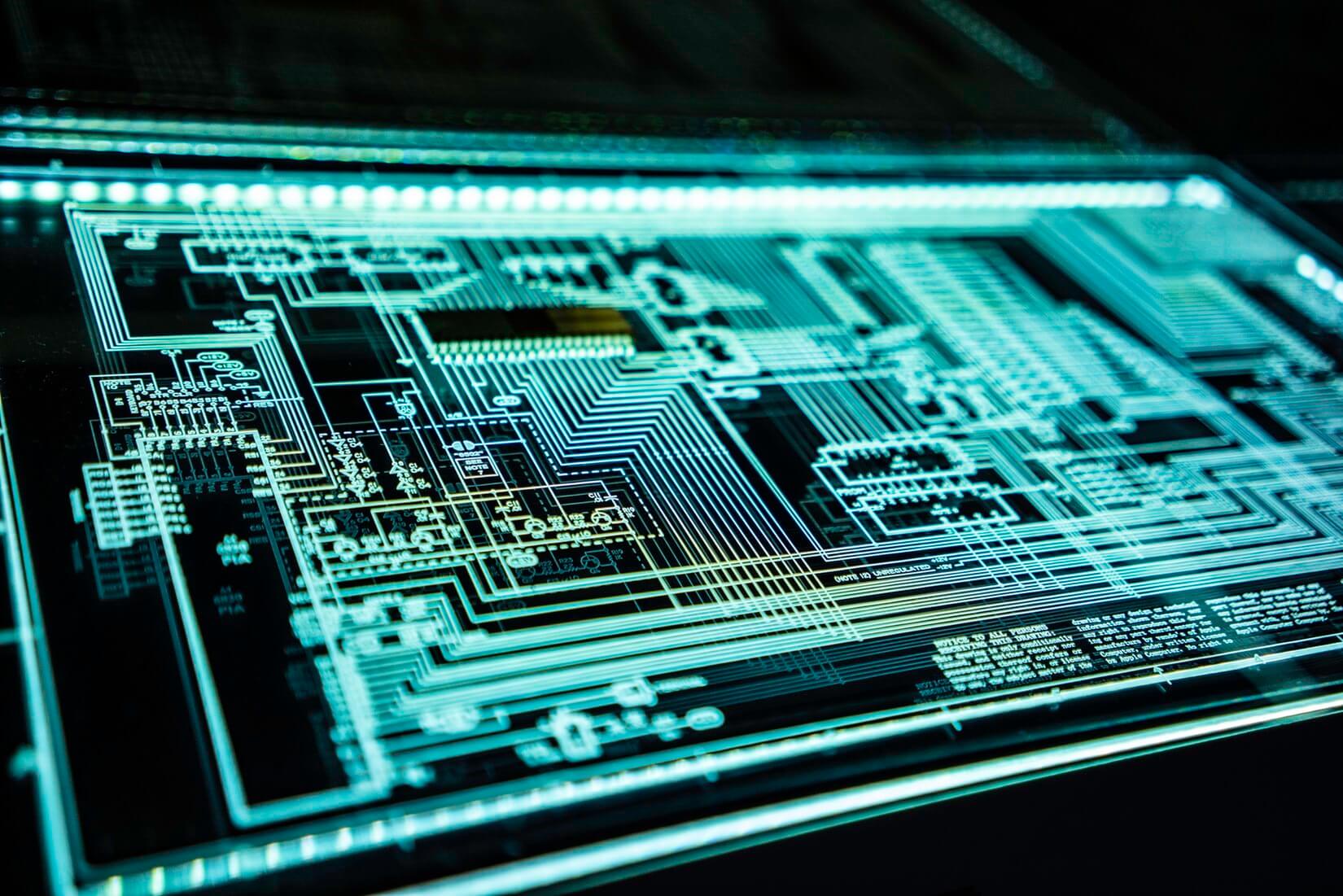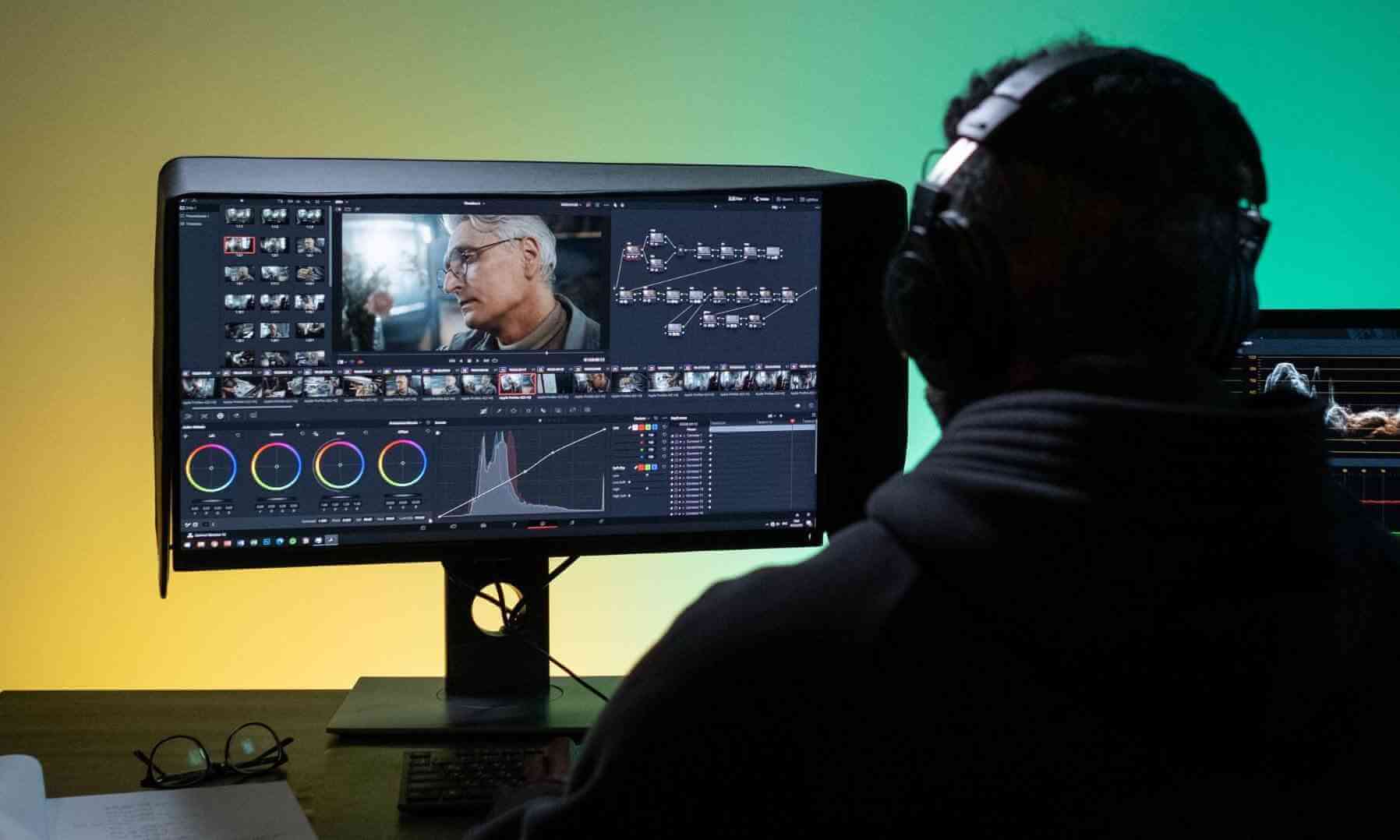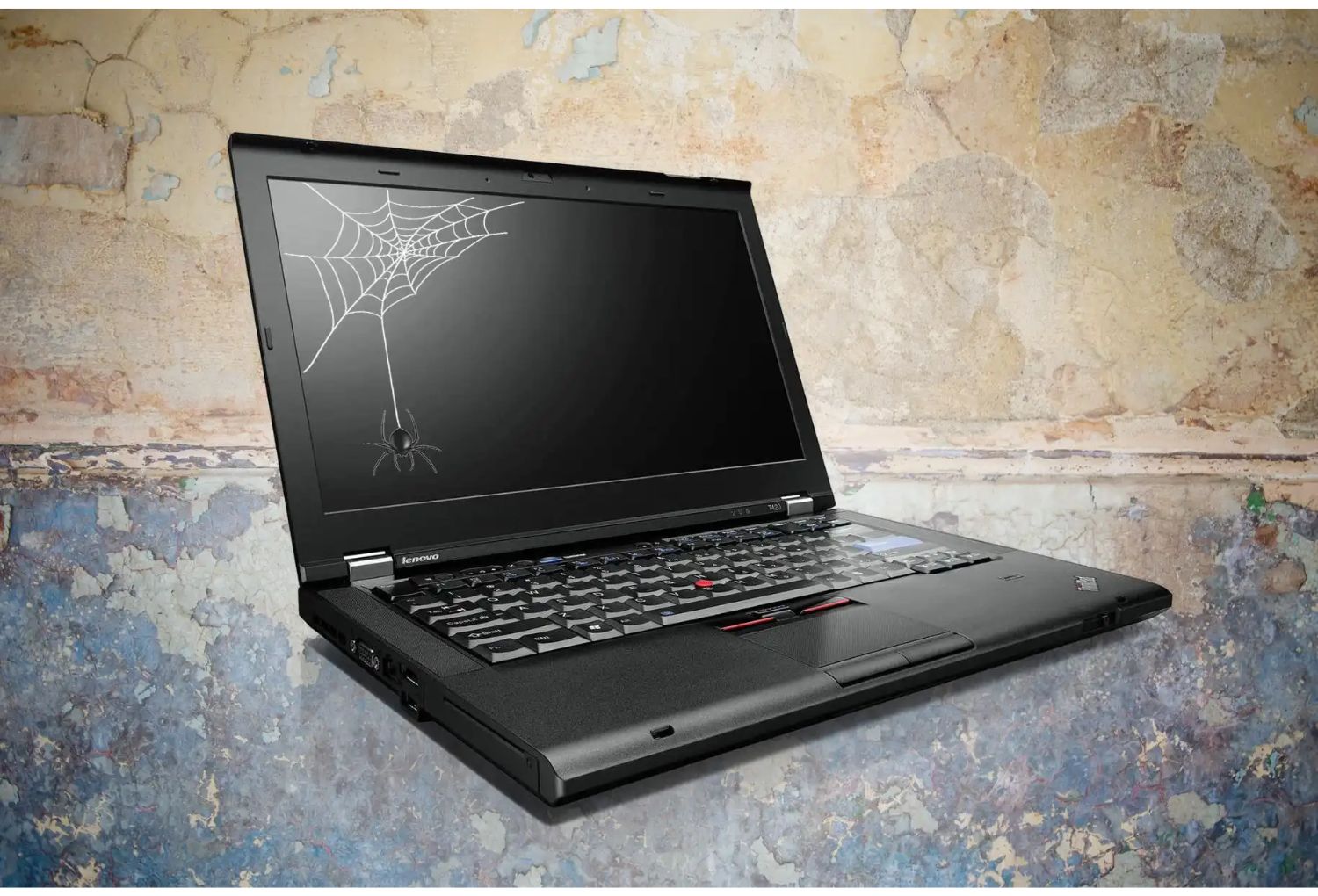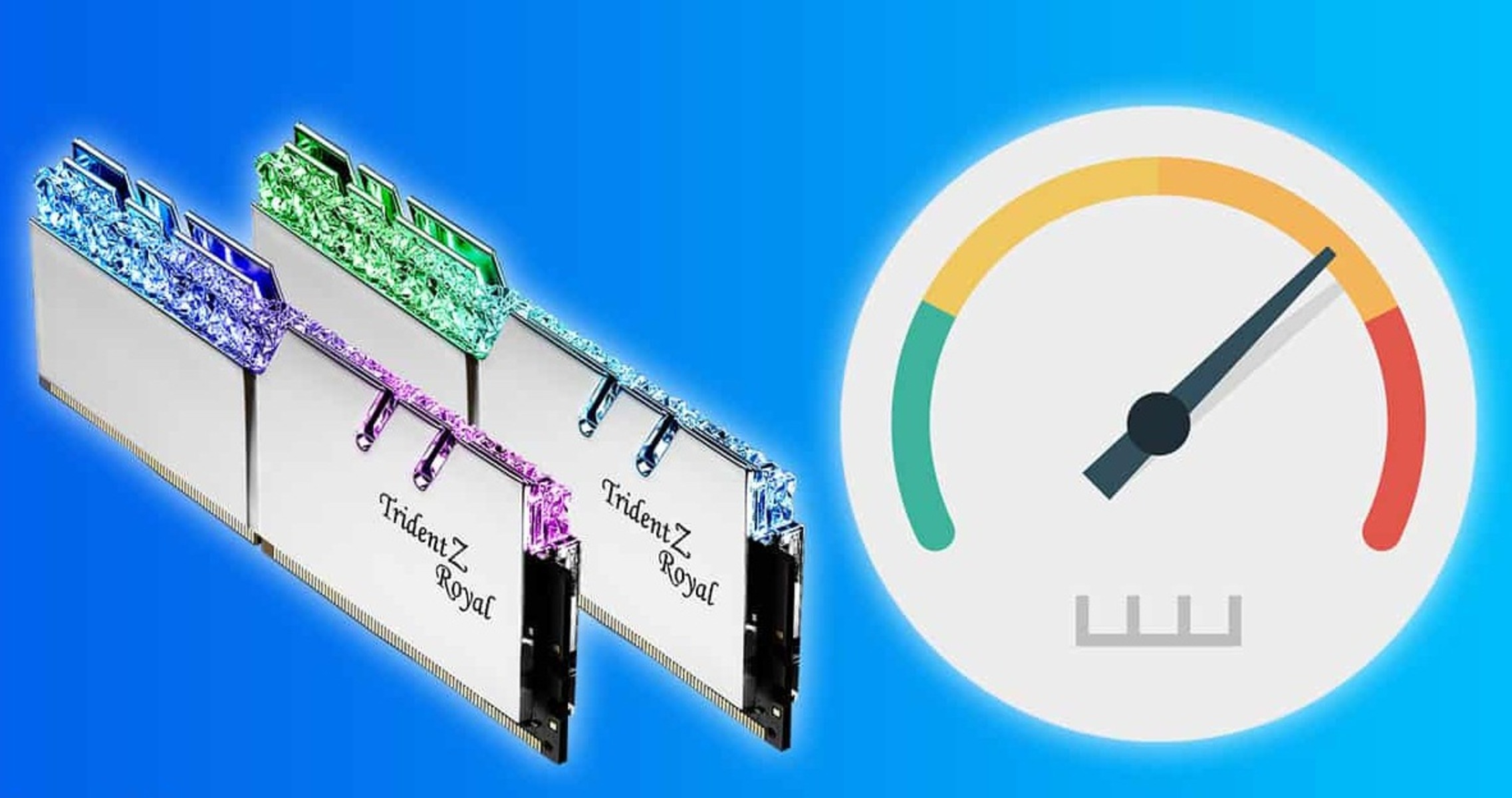Introduction
In today’s fast-paced digital world, the demand for faster and more powerful processors is ever-increasing. Two types of processors that often come up in this discussion are the CPU (Central Processing Unit) and the GPU (Graphics Processing Unit). Both play an essential role in executing tasks and running applications on computers and other electronic devices.
A CPU is often referred to as the “brain” of the computer. It handles the majority of the calculations and data processing required for everyday tasks. On the other hand, a GPU is primarily designed to handle graphics-related tasks, such as rendering images, videos, and animations.
One notable difference between the two is their approach to processing. While a CPU focuses on executing tasks sequentially, a GPU excels in parallel processing. This means that a GPU can perform multiple computations simultaneously, resulting in significantly faster processing times for certain types of workloads.
To understand why a GPU is faster than a CPU, it’s essential to delve into their respective architectures. The CPU typically consists of a few powerful cores, with each core capable of executing a single instruction at a time. These cores are designed for general-purpose computing and are excellent at handling complex tasks that require high single-threaded performance.
On the other hand, a GPU comprises hundreds or even thousands of smaller cores, often arranged in a highly parallel fashion. These cores work together to handle massive amounts of data simultaneously. While each individual core might not be as powerful as a CPU core, the collective power of multiple cores working together gives the GPU a significant advantage in certain types of computations.
The speed difference between a CPU and a GPU can be attributed to their different architectures and the types of tasks they excel at. While a CPU works well for tasks that require sequential processing and high single-threaded performance, a GPU shines in applications that can leverage parallel processing power.
In the next sections, we will explore the specific differences in architecture between a CPU and a GPU, as well as the areas where a GPU’s speed advantage becomes evident. We will also examine the role of both processors in the gaming industry and the applications that benefit from GPU acceleration.
What is a CPU?
A CPU, or Central Processing Unit, is the primary component of a computer that carries out most of the instructions of a computer program. It is often referred to as the “brain” of the computer, as it performs the essential calculations and data processing required for everyday tasks.
The CPU consists of several cores, each capable of executing a series of instructions. These instructions come from the computer’s memory and dictate the actions the CPU needs to perform. The CPU fetches instructions, decodes them, and then performs the necessary calculations or operations accordingly.
The primary job of a CPU is to control the operations of the computer system. It handles tasks such as arithmetic and logical operations, managing and executing instructions, and coordinating the flow of data between various hardware components.
CPU cores are designed for general-purpose computing and are excellent at handling complex tasks that require high single-threaded performance. They are optimized to execute instructions sequentially, one after the other, in a specified order. This sequential approach is efficient for tasks that cannot be easily broken down into parallel operations.
Over the years, CPUs have undergone significant advancements, with improvements in clock speed, cache size, and architectural enhancements. This has led to faster and more powerful processors, capable of handling a wide range of computational tasks.
CPUs are widely used in a variety of devices, including personal computers, laptops, smartphones, servers, and embedded systems. They play a crucial role in tasks such as running operating systems, executing software applications, handling network communications, and much more.
While CPUs are essential for general-purpose computing, they may not be the most efficient choice for certain types of workloads. This is where the GPU, or Graphics Processing Unit, comes into play.
Next, we will explore the architecture of a GPU and how it differs from a CPU, shedding light on why a GPU can be faster in certain scenarios.
What is a GPU?
A GPU, or Graphics Processing Unit, is a specialized electronic circuit designed to handle and accelerate the rendering of images, videos, and animations. While a CPU is more versatile and handles a wide range of computing tasks, a GPU is optimized for parallel processing and excels in graphics-related computations.
Originally designed for displaying graphics on computer screens, GPUs have evolved into highly efficient processors capable of processing vast amounts of data simultaneously. Unlike a CPU, which typically has a few powerful cores, a GPU comprises hundreds or even thousands of smaller cores.
The architecture of a GPU is structured in such a way that it can execute multiple tasks concurrently. Each core within a GPU can perform its own set of calculations simultaneously, allowing for parallel processing on a massive scale. This parallelism is essential for handling the complex computations required for rendering high-resolution graphics.
In addition to handling graphics-related tasks, modern GPUs have expanded their capabilities to include general-purpose computing as well. This has led to the emergence of GPU computing, where the parallel processing power of GPUs is harnessed for non-graphics tasks.
GPUs are commonly used in gaming systems, where they render realistic graphics, handle complex physics simulations, and provide smooth gameplay. The parallel processing power of a GPU allows for the rapid execution of multiple calculations simultaneously, resulting in a better gaming experience.
Furthermore, GPUs are utilized in other applications that require extensive parallel processing, such as scientific simulations, data analysis, machine learning, and cryptocurrency mining. These tasks involve performing numerous calculations on large datasets, and the parallel architecture of GPUs can significantly speed up the processing time.
With advancements in GPU technology, manufacturers have been able to increase the number of cores, improve memory bandwidth, and optimize algorithms to further enhance performance. This continual evolution has made GPUs an integral component in various industries that rely on computationally intensive tasks.
Although GPUs excel in parallel processing, they may not be as efficient as CPUs for tasks that require sequential execution or high single-threaded performance. As we explore the differences between CPUs and GPUs further, you will gain a clearer understanding of why a GPU can be faster than a CPU in certain scenarios.
Understanding Parallel Processing
Parallel processing is a computing technique that involves performing multiple tasks or computations simultaneously, instead of sequentially. This approach allows for the efficient utilization of computational resources and can significantly enhance the speed and performance of certain types of computations.
In traditional sequential processing, a task is broken down into a series of smaller instructions, which are executed one after another, in a specific order. This sequential execution limits the speed of processing, as each instruction must be completed before the next one can begin.
Parallel processing, on the other hand, divides a task into multiple subtasks, each of which can be processed independently of the others. By dividing the workload among multiple processing units or cores, parallel processing enables the simultaneous execution of these subtasks, greatly reducing the overall processing time.
The ability of a processor, such as a GPU, to perform parallel processing effectively depends on several factors, including the number of cores, the architecture, and the software being used. A GPU is particularly well-suited for parallel processing due to its large number of smaller cores, which can execute multiple instructions simultaneously.
One of the key advantages of parallel processing is its ability to handle highly data-parallel tasks. These tasks involve performing the same operation on multiple data points simultaneously. For example, image and video processing tasks, such as applying filters or enhancing colors, can be divided into parallel subtasks, with each core processing a different portion of the image or video.
Parallel processing is not limited to data-parallel tasks alone. It can also be applied to tasks that can be broken down into smaller independent steps, allowing each step to be executed concurrently. This includes tasks such as simulations, scientific modeling, data analysis, and machine learning algorithms, which can benefit greatly from the parallel computational power of GPUs.
While parallel processing offers significant advantages in terms of speed and performance, not all tasks are suitable for this approach. Some tasks, particularly those that involve sequential dependencies or require high single-threaded performance, may be better suited for sequential processing with a CPU. It is important to consider the nature of the task and the capabilities of the hardware to determine the most efficient processing approach.
In the next sections, we will delve into the architecture of CPUs and GPUs, highlighting the specific features that enable them to excel in their respective processing techniques, and further understand why a GPU tends to be faster than a CPU in certain scenarios.
The Architecture of a CPU
The architecture of a CPU, or Central Processing Unit, is designed to handle a wide range of general-purpose computing tasks. It consists of a few powerful cores, each capable of executing instructions sequentially.
The cores within a CPU are optimized for high single-threaded performance and are designed to handle complex tasks that cannot be easily broken down into parallel operations. They typically have multiple levels of cache, including a small and fast cache directly integrated into each core, which helps reduce memory latency and speeds up data access.
The CPU architecture includes components such as the arithmetic logic unit (ALU), which performs arithmetic operations such as addition, subtraction, multiplication, and division. It also includes the control unit, which manages the execution of instructions and coordinates the flow of data within the CPU and between other hardware components.
In addition to the cores and cache, a CPU architecture typically includes other components such as the memory management unit (MMU), which manages memory access and translation of virtual memory addresses to physical memory addresses. The MMU helps ensure efficient memory usage and protects against unauthorized access to memory.
The architecture of a CPU also includes various instruction sets that define the specific set of instructions supported by the CPU. Instruction sets, such as x86, ARM, and MIPS, determine how instructions are encoded and executed by the CPU. Each instruction set architecture has its own unique features and capabilities.
One of the key characteristics of a CPU architecture is its ability to handle complex branching and conditional instructions. Branch prediction and speculative execution technologies are often employed to minimize the impact of branch mispredictions and maximize the utilization of CPU resources.
Overall, the architecture of a CPU is designed to provide high single-threaded performance and handle a wide range of general-purpose computing tasks efficiently. It excels in tasks that require sequential execution or operations with difficult-to-predict branching, making it well-suited for a variety of applications.
While CPUs are powerful and versatile, they may not be the most efficient choice for tasks that can be parallelized. In the next section, we will explore the architecture of a GPU and how it differs from that of a CPU, shedding light on why a GPU is often faster than a CPU in certain scenarios.
The Architecture of a GPU
The architecture of a GPU, or Graphics Processing Unit, differs significantly from that of a CPU. GPUs are designed to handle graphics-related tasks efficiently by leveraging parallel processing power.
A GPU consists of hundreds or even thousands of smaller cores, organized into multiple streaming multiprocessors (SMs) or compute units. These cores work collectively to process massive amounts of data simultaneously, making them particularly well-suited for parallel computations.
Unlike a CPU, which typically focuses on executing tasks sequentially, a GPU excels in parallel computations. The architecture of a GPU is optimized to handle highly data-parallel tasks, where the same operation is performed on multiple data points simultaneously.
Each core within a GPU is relatively simple and lightweight compared to a CPU core. However, the collective power of the numerous cores allows for a substantially higher throughput in parallel operations. Additionally, GPUs have dedicated memory known as VRAM (Video Random Access Memory), which is faster and specifically designed for handling graphics-related data.
The architecture of a GPU also incorporates a memory hierarchy, which includes a global memory accessible to all cores, shared memory for efficient data sharing within a thread block, and local memory available for individual cores. This memory hierarchy minimizes memory latency and maximizes data access speeds, further enhancing the performance of parallel processing.
To effectively use the processing power and memory hierarchy of a GPU, programs need to be designed to take advantage of parallel computing. Parallel programming frameworks such as CUDA (Compute Unified Device Architecture) and OpenCL (Open Computing Language) provide developers with the tools and libraries to harness the full potential of a GPU.
GPUs are highly efficient in tasks that exhibit a high degree of parallelism, such as rendering high-resolution graphics, running complex physics simulations, or performing large-scale data processing. They are widely used in gaming, scientific simulations, machine learning, and other applications that benefit from the massive parallel processing power of GPUs.
Overall, the architecture of a GPU enables it to process vast amounts of data in parallel and execute highly data-parallel tasks efficiently. Its numerous cores and dedicated graphics memory allow for faster computations, making it a preferred choice in scenarios where parallel processing is advantageous.
As we have explored the architectures of both CPUs and GPUs, we can now delve further into the differences in speed between these two processing units, particularly in the context of gaming and other applications.
Differences in Speed between CPU and GPU
When comparing the speed of a CPU (Central Processing Unit) and a GPU (Graphics Processing Unit), it’s important to consider the specific tasks and workloads being executed. While CPUs excel in sequential processing and high single-threaded performance, GPUs shine in parallel processing and tasks that can benefit from massive data processing capabilities.
A CPU typically has a few powerful cores, each designed to execute instructions sequentially. This makes it well-suited for tasks that require complex calculations and cannot be easily divided into parallel operations. The high single-threaded performance of a CPU allows it to handle general-purpose computing tasks efficiently.
On the other hand, a GPU consists of hundreds or even thousands of smaller cores, specifically optimized for parallel processing. While each individual GPU core may be less powerful than a CPU core, the massive parallel architecture of a GPU allows it to process data in parallel, resulting in significantly faster computations for certain workloads.
Tasks that exhibit a high degree of parallelism, such as graphics rendering, physics simulations, and large-scale data processing, can take advantage of the parallel processing power of a GPU. For example, in gaming, GPUs are crucial for rendering realistic graphics and handling complex physics calculations, providing smoother and more immersive gameplay experiences.
In addition to gaming, other applications can benefit from GPU acceleration. Scientific simulations, machine learning algorithms, and data analysis tasks often involve processing large datasets and performing repeated calculations on multiple data points. The parallel architecture of a GPU allows for faster execution of these computations compared to a CPU.
However, it’s important to note that not all tasks can be effectively parallelized and may not see a significant advantage from GPU acceleration. Tasks that rely heavily on sequential dependencies or require high single-threaded performance are better suited for execution on a CPU. It is crucial to analyze the specific requirements of a task to determine which processor will provide the best performance.
The speed difference between a CPU and a GPU is not solely based on the architecture itself. Factors such as clock speed, cache size, memory bandwidth, and the specific optimizations made by software and hardware manufacturers also contribute to the overall performance of each processor.
In summary, while CPUs excel in sequential processing and high single-threaded performance, GPUs outshine CPUs when it comes to parallel processing and tasks that can take advantage of massive data processing capabilities. The specific characteristics and requirements of the workload should be considered when determining which processor will deliver the best speed for a given task.
CPU vs GPU in Gaming
When it comes to gaming, both the CPU (Central Processing Unit) and GPU (Graphics Processing Unit) play crucial roles in delivering a smooth and immersive gaming experience. Each processor has specific strengths that contribute to overall gaming performance.
The CPU’s primary responsibility in gaming is to handle the game’s general computing tasks. It manages tasks such as game logic, artificial intelligence, physics simulations, and managing system resources. The CPU’s single-threaded performance and efficiency in handling complex calculations make it essential for these tasks, as they require strong sequential processing capabilities.
However, for graphics-intensive games, the GPU takes the spotlight. The GPU is responsible for rendering and displaying the graphics on the screen. This includes tasks like creating 3D models, applying textures, lighting, and handling complex shaders. These tasks can involve millions of calculations for each frame, requiring massive parallel processing power.
The parallel architecture of a GPU allows it to process multiple calculations simultaneously, handling the immense computational demands of modern games. The more powerful and efficient the GPU, the smoother and more visually stunning the gaming experience.
In gaming, the CPU and the GPU work together in a symbiotic relationship. The CPU does the initial work of managing the game’s tasks, preparing the necessary data, and sending instructions to the GPU. The GPU then takes over, utilizing its parallel processing power to execute the graphics-related computations and rendering.
As games become increasingly complex and visually demanding, the GPU’s role becomes more vital. High-resolution textures, realistic lighting effects, dynamic shadows, and fluid animations all require extensive processing power provided by a capable GPU. A powerful GPU can ensure smoother frame rates, reduce rendering latency, and enhance visual quality, ultimately enhancing the overall gaming experience.
While both the CPU and GPU are integral to gaming, it’s important to maintain a balance between the two. Having a high-end GPU without a capable CPU may result in a bottleneck, as the CPU struggles to keep up with the game’s computing tasks. Conversely, a powerful CPU coupled with a weak GPU may limit the graphical capabilities and prevent the game from reaching its full visual potential.
Game developers understand the importance of optimizing their games to utilize both the CPU and GPU effectively. They implement techniques like multithreading, which allows the game to take advantage of multiple CPU cores, and utilize the parallel processing power of the GPU to distribute the graphics workload efficiently.
Overall, the CPU and GPU work in tandem to deliver an enjoyable gaming experience, with the CPU handling the game’s computing tasks and the GPU ensuring smooth graphics rendering. Ensuring a well-balanced system with capable components will allow gamers to fully experience the immersive worlds and stunning visuals that modern games have to offer.
Applications that Benefit from GPU Acceleration
GPU (Graphics Processing Unit) acceleration is a powerful capability that provides a significant performance boost in various applications, particularly those that involve data-intensive and computationally demanding tasks. The parallel processing power of GPUs enables faster execution of these applications, allowing for quicker results and improved efficiency.
One area that greatly benefits from GPU acceleration is scientific research and simulations. Tasks such as weather forecasting, climate modeling, and molecular dynamics simulations involve complex calculations on massive datasets. The parallel architecture of a GPU allows researchers and scientists to process these large-scale simulations more quickly, leading to faster insights and advancements in their respective fields.
Machine learning and artificial intelligence (AI) applications also benefit greatly from GPU acceleration. Training deep neural networks involves extensive matrix operations and computations, which can be parallelized and accelerated by GPUs. By utilizing the massive parallel processing power of GPUs, training time can be significantly reduced, enabling faster model development and deployment.
Image and video processing applications, such as video encoding, image recognition, and computer vision, also leverage GPU acceleration. These tasks involve manipulating and analyzing large amounts of visual data in real-time. The parallel processing capability of GPUs allows for quicker rendering, filtering, and analysis of images and videos, enabling faster and more precise results.
Data analytics and big data processing applications can also take advantage of GPU acceleration. Processing and analyzing vast amounts of data in fields like finance, healthcare, and e-commerce can be time-consuming. GPUs excel at handling complex calculations on large datasets simultaneously, enabling faster data processing and analysis, leading to more efficient decision-making and insights.
Another area where GPU acceleration has made a significant impact is in the field of computer-aided design (CAD) and 3D modeling. Designing and rendering complex 3D models and animations can be computationally intensive, requiring substantial processing power. GPUs provide the performance needed to handle these tasks efficiently, allowing designers and animators to work faster and produce high-quality visual output.
Cryptocurrency mining is another application that heavily relies on GPU acceleration. The process of mining cryptocurrencies involves solving complex mathematical problems, which can be parallelized and executed efficiently on GPUs. The parallel processing power of GPUs allows miners to perform calculations at a much faster rate, improving their chances of successfully mining cryptocurrencies.
While the aforementioned applications benefit significantly from GPU acceleration, it’s important to note that not all applications can leverage the parallel processing power of GPUs. Tasks that exhibit low parallelism, have strict sequential dependencies, or heavily rely on single-threaded performance may not see substantial improvements with GPU acceleration.
Overall, GPU acceleration plays a pivotal role in various applications that require massive computational power and the ability to process large amounts of data simultaneously. By harnessing the parallel processing capability of GPUs, these applications can achieve faster results, improved efficiency, and advanced capabilities that propel innovation in a wide range of industries.
Conclusion
In conclusion, the speed difference between a CPU (Central Processing Unit) and a GPU (Graphics Processing Unit) can be attributed to their distinct architectures and strengths in different types of computations.
A CPU, with its powerful cores and emphasis on sequential processing, excels in general-purpose computing tasks that require high single-threaded performance. It is ideal for handling complex calculations and tasks that cannot be easily parallelized.
On the other hand, a GPU’s parallel architecture, consisting of numerous smaller cores, enables it to execute massive parallel computations. GPUs shine in graphics-related tasks, such as rendering realistic images and handling complex physics simulations. They are also highly efficient in applications that involve data-intensive computations, such as scientific simulations, machine learning, and image and video processing.
In gaming, both the CPU and GPU play integral roles. The CPU handles the game’s general computing tasks, while the GPU takes charge of rendering the graphics. A balanced combination of a capable CPU and a powerful GPU is essential for delivering a smooth and visually stunning gaming experience.
Furthermore, various applications benefit from GPU acceleration. Scientific simulations, machine learning algorithms, image and video processing, data analytics, computer-aided design, and cryptocurrency mining are just a few examples. The parallel processing power of GPUs significantly improves the efficiency and speed of these applications, allowing for quicker insights, faster data processing, and enhanced computational capabilities.
It’s important to consider the specific requirements of a task or application to determine whether a CPU or GPU will provide the optimal performance. Not all tasks are suitable for parallel processing, and some may be better suited for a CPU’s sequential processing capabilities.
In the rapidly evolving field of technology, CPUs and GPUs continue to advance, with manufacturers pushing the limits of performance and efficiency. These advancements open up new possibilities for diverse applications, including those in scientific research, artificial intelligence, entertainment, and more.
In essence, understanding the differences between CPUs and GPUs, as well as their respective strengths and applications, is crucial in selecting the right processing unit for specific tasks. The continued development and optimization of both CPU and GPU technologies will undoubtedly drive innovation and further enhance the capabilities of computing in the future.










